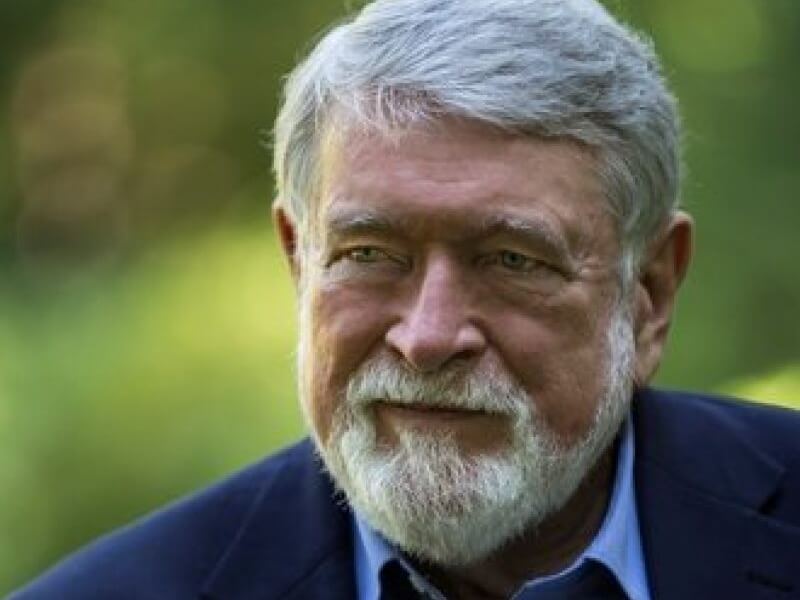Redefine community — a phrase that might sound abstract, but it touches something deeply real in all of us. As the world changes faster than ever, so too does the meaning of connection, belonging, and togetherness. The traditional community — rooted in geography, bloodline, or religious affiliation — is dissolving into something less fixed, more fluid, yet profoundly human.
At Remin.site, where memories, values, and stories are preserved across generations, we believe that redefining community isn’t optional — it’s essential. Because when you ask what remains after we’re gone, it’s never just data. It’s connection. It’s people. It’s belonging.
Introduction: The Collapse of Traditional Definitions
Once upon a time, community meant something tangible: your neighbors, your church, your school, your town. It meant faces you saw daily, hands you shook regularly, bonds that weren’t chosen, but inherited. But as mobility, individualism, and digital life grew, that model started to fall apart.
“We are experiencing a profound cultural shift — from life centered on place and relationships, to a world of isolated individuals chasing efficiency and growth.”
— David Korten, author and community theorist
We’re not just losing church basements and town halls — we’re losing something far deeper: the collective memory of what it means to belong. The question is no longer where is your community, but what defines it now?
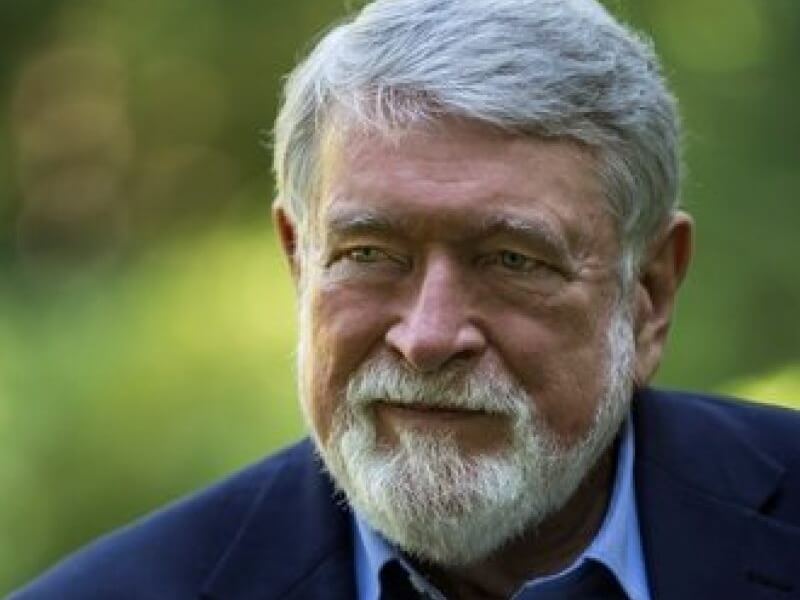
What Is a Community — And Why It’s Changing
From Physical Proximity to Digital Affinity
The definition of community is no longer tied to location. It’s shifting toward affinity, shared interest, and digital presence. We now belong to WhatsApp groups, Reddit threads, private Discord servers — not just neighborhoods or churches. These online spaces connect us to people who think like us, look like us, or struggle like us.
According to Pew Research, more than half of Americans participate in online communities they feel emotionally connected to — often more than to their offline lives.
- Gaming guilds that become real-life support systems
- Parenting forums that guide people through postpartum depression
- Subreddits that spark social activism and mutual aid
These aren’t just “fake” friendships. They’re real. But they do demand a new way of thinking about what it means to belong.
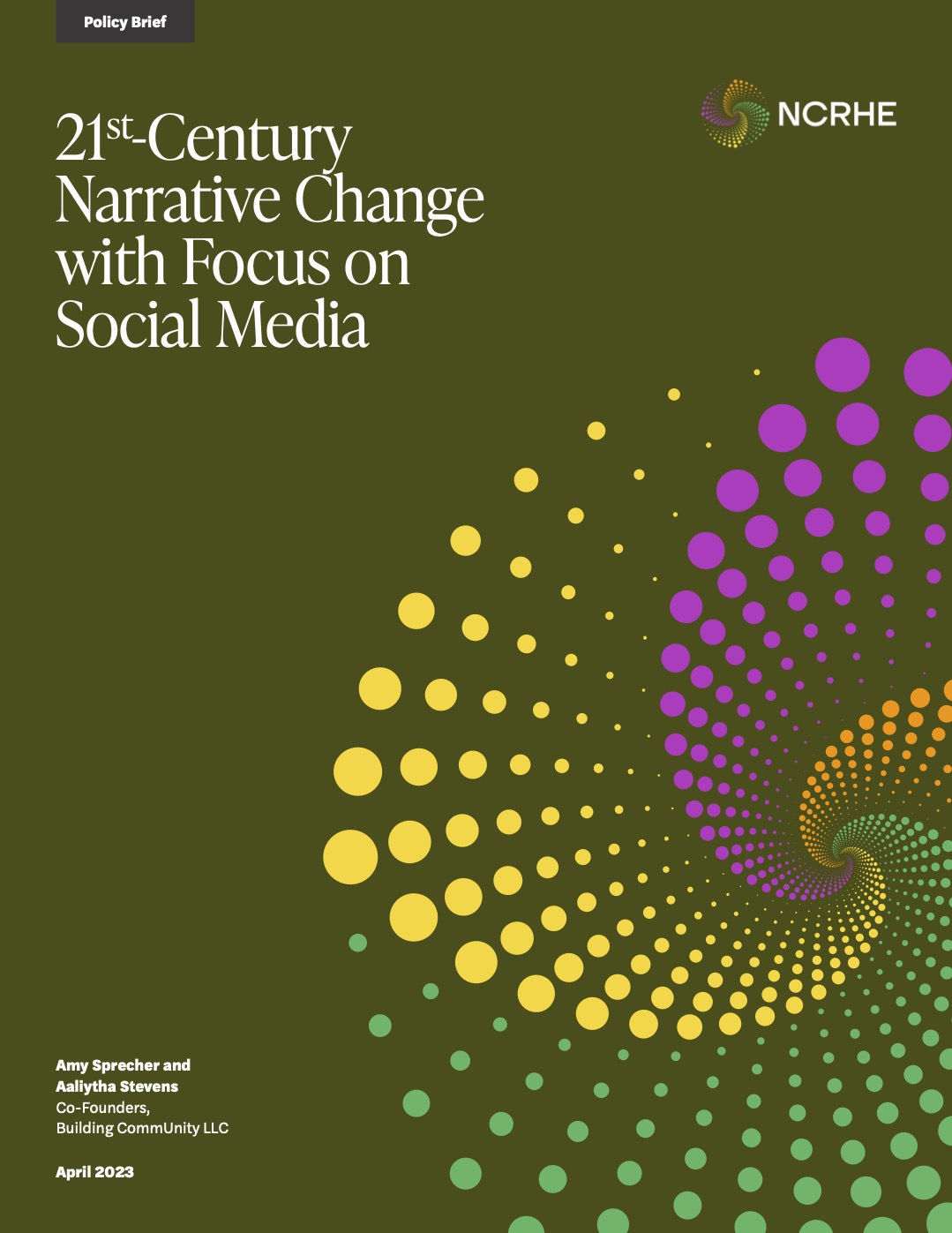
The Rise of Virtual Communities
As digital spaces multiply, so do new forms of 21st century community. No longer bound by borders, these communities are built on shared values — advocacy, creativity, healing, or simply surviving. But there’s a shadow side: when connection is mediated through screens, it can easily become transactional, fleeting, or fake.
That’s why some people are starting to ask — are we more connected, or more alone than ever before?
The Pitfalls of Modern “Connections”
Superficiality in Online Relationships
It’s easy to “like,” to comment, to send emojis. But hard to sit beside someone in silence when they’re grieving. We live in a world where connection is constant, but often superficial. In chasing virality, we lose intimacy. In curating ourselves, we forget how to be real.
“We mistakenly assume that connection equals closeness. But not every click is a relationship. Not every comment is community.”
— Unknown digital ethicist
The Loneliness Epidemic
In 2020, during the COVID-19 pandemic, the global mental health crisis exposed a raw truth: our systems were not just physically fragile — they were emotionally starved.
Even as Zoom meetings and group chats surged, millions reported feeling isolated. The Harvard Center on the Developing Child highlights that a lack of belonging in early years leads to long-term damage — emotionally and socially.
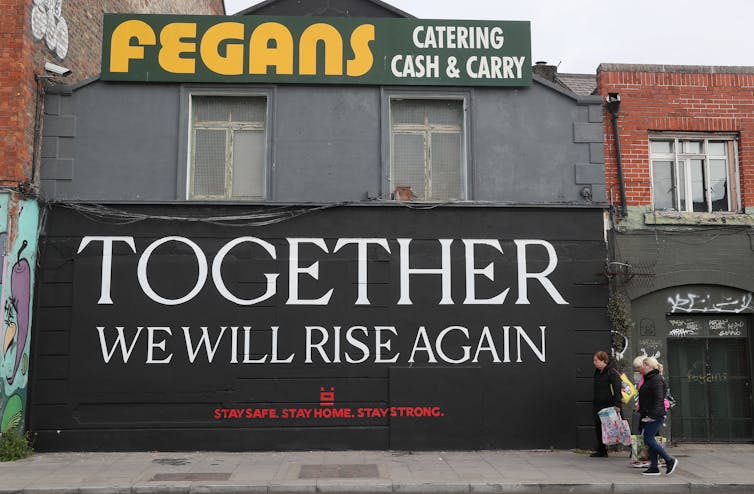
So what can we do? We redefine community — not as something we inherit, but something we build.
A New Definition of Community for Today
Inclusivity, Shared Purpose, and Belonging
A true 21st century community doesn’t demand sameness — it invites diversity with shared intent. Whether you’re queer, neurodivergent, an immigrant, or simply someone seeking meaning, modern communities should offer:
- Psychological safety — to be your full self
- Shared rituals — from storytelling to meal-sharing
- Purpose — something to contribute and believe in
It’s not just about being accepted. It’s about being needed.
Community as a Practice, Not Just a Place
One of the most radical shifts in how we redefine community is this: community is not a location or a label — it’s a practice. It’s something you nurture, sustain, and protect.
That means showing up — with presence, with patience, with purpose. And that’s exactly what we do at Remin.site. We aren’t just keeping memories safe. We’re building a digital place where your values live on. A community across time, not just space.
In the next part of this article, we’ll explore how technology can both heal and harm our connections, and showcase examples from around the world where redefined communities are changing lives.
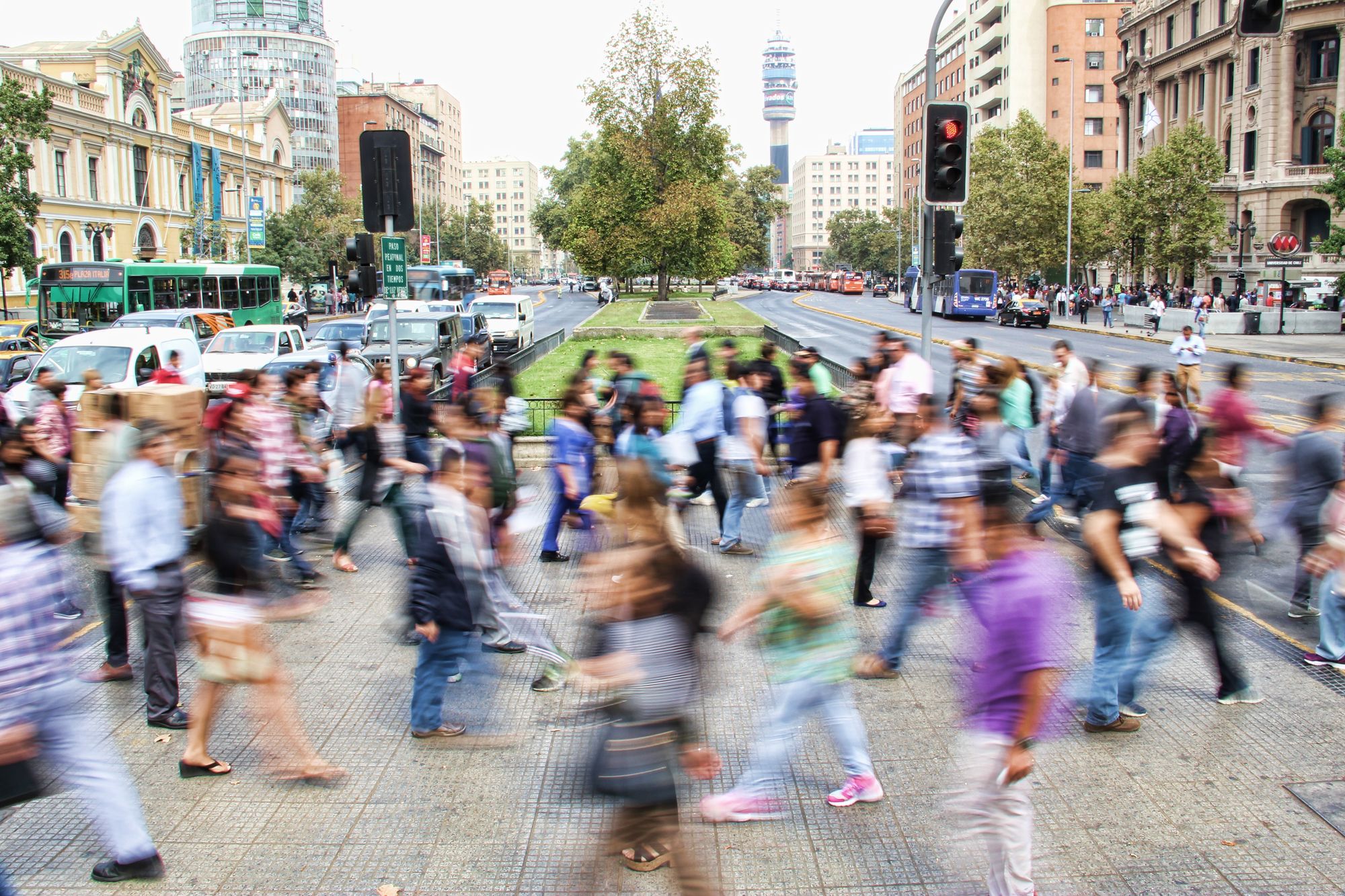
How Technology Can Both Harm and Help
Tools for Genuine Connection
It’s tempting to blame technology for all our disconnection, but the truth is more nuanced. In the right hands, digital platforms can help us rediscover what it means to be truly connected. From curated memory spaces to niche communities rooted in shared experience, tech can amplify the human instinct to gather, share, and belong.
At Remin.site, we use technology not to replace humanity, but to protect it — preserving your memories, stories, and values for future generations. In this way, digital tools become vessels of continuity, not just convenience.
Other platforms, like MIT’s Collective Intelligence group, are using algorithms to foster civic collaboration and mutual decision-making. These innovations prove that when we design with intention, technology can help us build communities that last.
When Algorithms Divide Instead of Unite
But let’s be honest: many digital systems weren’t built for belonging — they were built for profit. Social media algorithms reward outrage, comparison, and virality, often deepening divides rather than bridging them.
- Echo chambers reinforce our biases
- Clickbait replaces real conversation
- Performative activism dilutes deep engagement
The antidote isn’t abandonment. It’s awareness and redesign. We must be intentional about where we gather online — and why.
Rebuilding Real-World Ties in a Disconnected World
Urban Design & Local Engagement
Offline, the architecture of our lives matters. Cities can be cold and isolating — or they can be built to spark human connection. Community-minded urban planning prioritizes walkability, green spaces, and what sociologist Ray Oldenburg calls “third places”: cafés, libraries, parks, and public squares that invite serendipitous interaction.
Neighborhood initiatives, mutual aid groups, and “little free libraries” are examples of grassroots efforts to restore these ties. These are not just spaces — they are social infrastructure. They tell people: you belong here.
Shared Rituals and Safe Spaces
Modern communities thrive on more than proximity — they thrive on ritual and intentionality. Whether it’s a monthly storytelling circle, a Friday potluck, or a shared remembrance ceremony, these small rituals create a sense of continuity and care.
At Remin, we encourage the act of legacy creation as a sacred ritual — a way to affirm not just who you are, but who you’ve loved, what you’ve learned, and what you want to leave behind. Memory becomes a bridge between generations. A living thread of community.
Global Examples of Redefined Communities
Time Banking and Mutual Aid Networks
In places like Spain, Japan, and parts of the United States, people are reviving the ancient concept of barter — not with goods, but with time. In these networks, one hour of your time (say, babysitting) equals one hour of someone else’s (perhaps tutoring or elder care). This shift creates horizontal community structures rooted in trust and reciprocity.
Mutual aid groups, particularly during the COVID-19 pandemic, offered another compelling model. These were not charities — they were communities acting as their own safety nets. No permission, no bureaucracy — just people helping people.
Indigenous Models of Collective Living
Many Indigenous cultures have long practiced communal living models centered around sustainability, storytelling, and shared responsibility. The Māori concept of whānau (extended family), or the Native American principle of “seventh-generation thinking,” both emphasize interdependence and continuity.
In a hyper-individualistic world, these models remind us that community isn’t a luxury — it’s a survival strategy.
Conclusion: Community as a Verb, Not a Noun
To redefine community in the 21st century is to reject the myth that we’re alone — or that we must navigate life solo to prove our strength. Instead, we recognize that belonging is not found, it’s built. And like any practice, it requires time, intention, and love.
At Remin.site, we believe that community extends beyond time, beyond space — into legacy. We invite you to store not just your data, but your wisdom. Not just your stories, but your essence. Because death is not the end. It is the beginning of memory shared. Of values passed on. Of connection never broken.
Community is not where you live — it’s how you love.

FAQs About Redefining Community Today
What is the modern definition of community?
Today, a community is not just a physical location — it’s a group of people connected by shared values, experiences, or goals. Whether online or offline, it’s about belonging and contribution.
Can online communities be as meaningful as in-person ones?
Yes — if they are built with intention. Online communities can offer deep connection, support, and transformation when rooted in authenticity, empathy, and shared purpose.
How do I build a strong community in my area?
Start small. Host a gathering. Share a story. Volunteer. Listen. Community doesn’t arrive — it grows, with each intentional act of presence and care.
What are examples of successful redefined communities?
Time banks, co-housing communities, digital legacy platforms like Remin.site, mutual aid networks, and Indigenous models of governance all offer inspiring blueprints for modern belonging.
What role does technology play in 21st century community building?
Technology is a tool. It can isolate or empower. When used to preserve memory, connect people, and scale empathy — it becomes a powerful ally in redefining what community can be.
